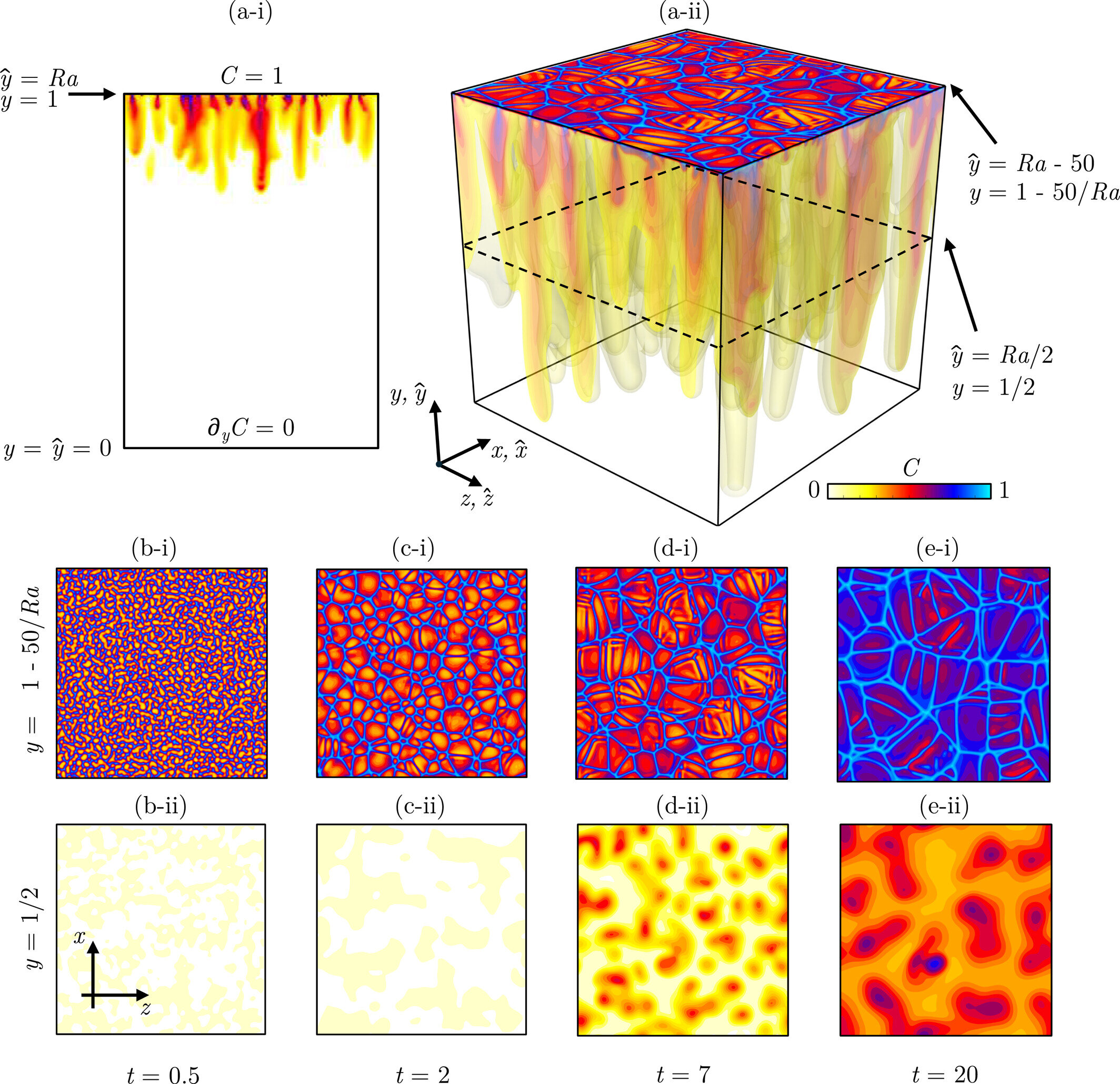Trapping CO2 underground indefinitely is possible! 🌍
Follow us on Google News (click on ☆)

Scientists used advanced numerical simulations to understand CO2 behavior once injected into groundwater. Contrary to expectations, CO2 dissolved in water becomes denser and gradually sinks, offering a potential solution for long-term storage.
Marco De Paoli, lead researcher of the study, explains that water density increases as CO2 dissolves. This physical property allows the mixture to sink into geological layers, creating structures where CO2 remains trapped.
Research shows this phenomenon can occur in natural reservoirs like saline aquifers or depleted oil fields. These common geological formations could thus play a key role in carbon sequestration.
Ideal geological conditions include an impermeable layer to initially contain the CO2 and porous rock below to facilitate sinking. Once dissolved and buried, the CO2 becomes stable, even in case of geological disturbances.

CO2 flow configuration in geological formations.
Credit: Geophysical Research Letters (2025).
Marco De Paoli emphasizes the importance of further research to understand chemical reactions between CO2 and rock minerals. These interactions could further improve the efficiency of geological carbon storage.